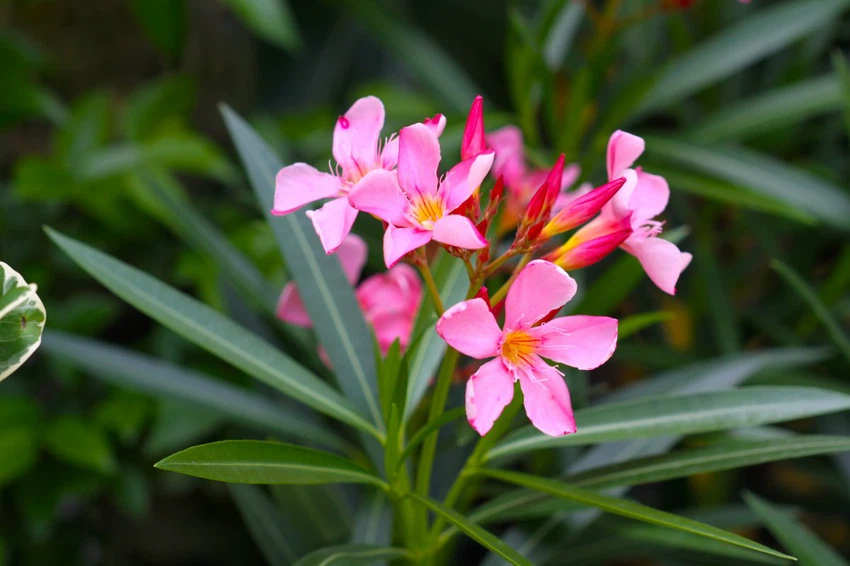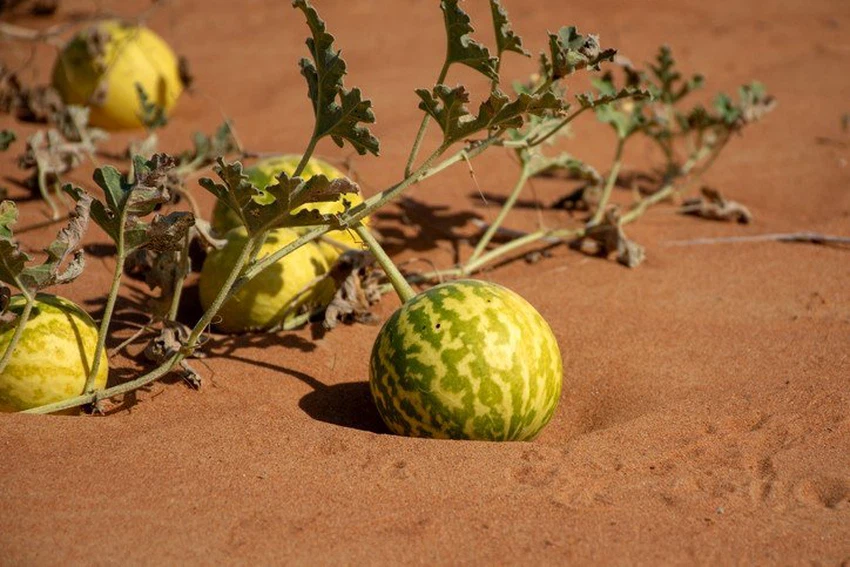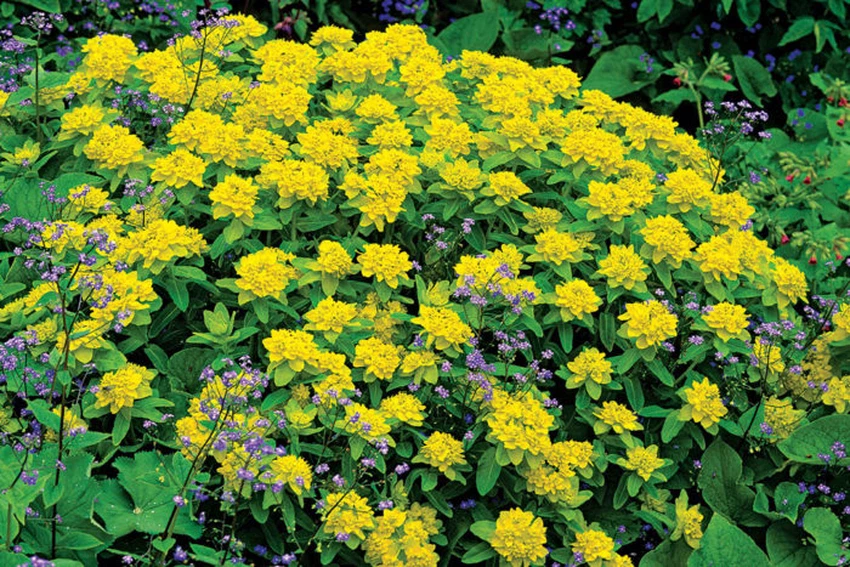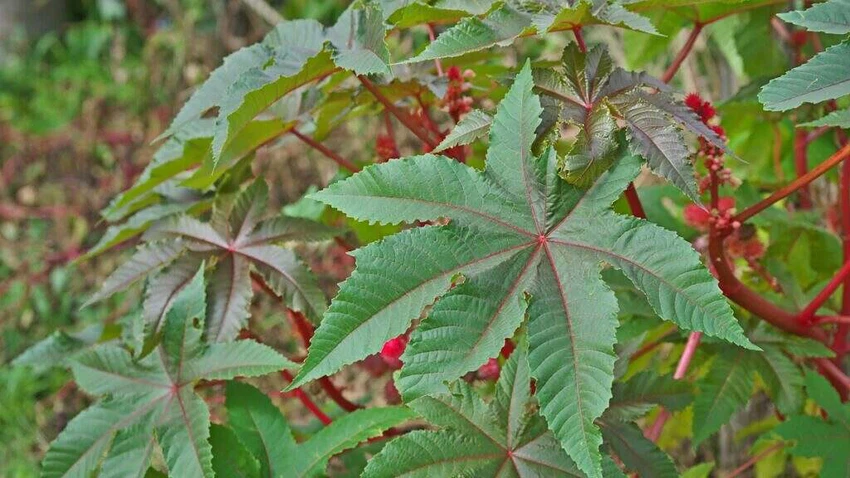The 5 most dangerous poisonous plants in Jordan, some of which can kill a child within hours.
Arab Weather - Given Jordan's diverse environment, many wild plants grow in various regions. However, some of these plants conceal a deadly threat to humans and animals alike, and in some cases, they can lead to death within hours.
1. Oleander (Nerium oleander)
It is one of the most toxic plants in Jordan, and is often grown in gardens and along roadsides. It contains toxic compounds that directly affect the heart, and a small dose can lead to death, especially in children.

2. Bitter melon (Citrullus colocynthis)
It is found in the Jordanian desert and resembles a small watermelon. Although it is used in folk medicine, ingesting its fruit can lead to acute poisoning, accompanied by severe diarrhea and kidney and liver damage.

3. Shabram (Euphorbia spp.)
A desert plant that contains a highly toxic milky sap. Contact with the skin or eyes can cause severe burns and inflammation, while ingestion can lead to gastrointestinal problems.

4. Castor bean (Ricinus communis)
It is sometimes grown as an ornamental plant, but its danger lies in its seeds, which contain ricin, one of the most dangerous natural toxins known, and can be fatal if swallowed.

5. Datura (Datura stramonium)
A common plant near farms, it contains substances that affect the nervous system. Consuming its parts, especially by children, can cause hallucinations, loss of consciousness, and even respiratory arrest in some cases.

Call for awareness
Experts emphasize the importance of raising community awareness of these plants, especially in rural areas and on farms. They urge people not to touch or eat any wild plant without prior knowledge, and to keep children and pets away from them.
Arabia Weather App
Download the app to receive weather notifications and more..



